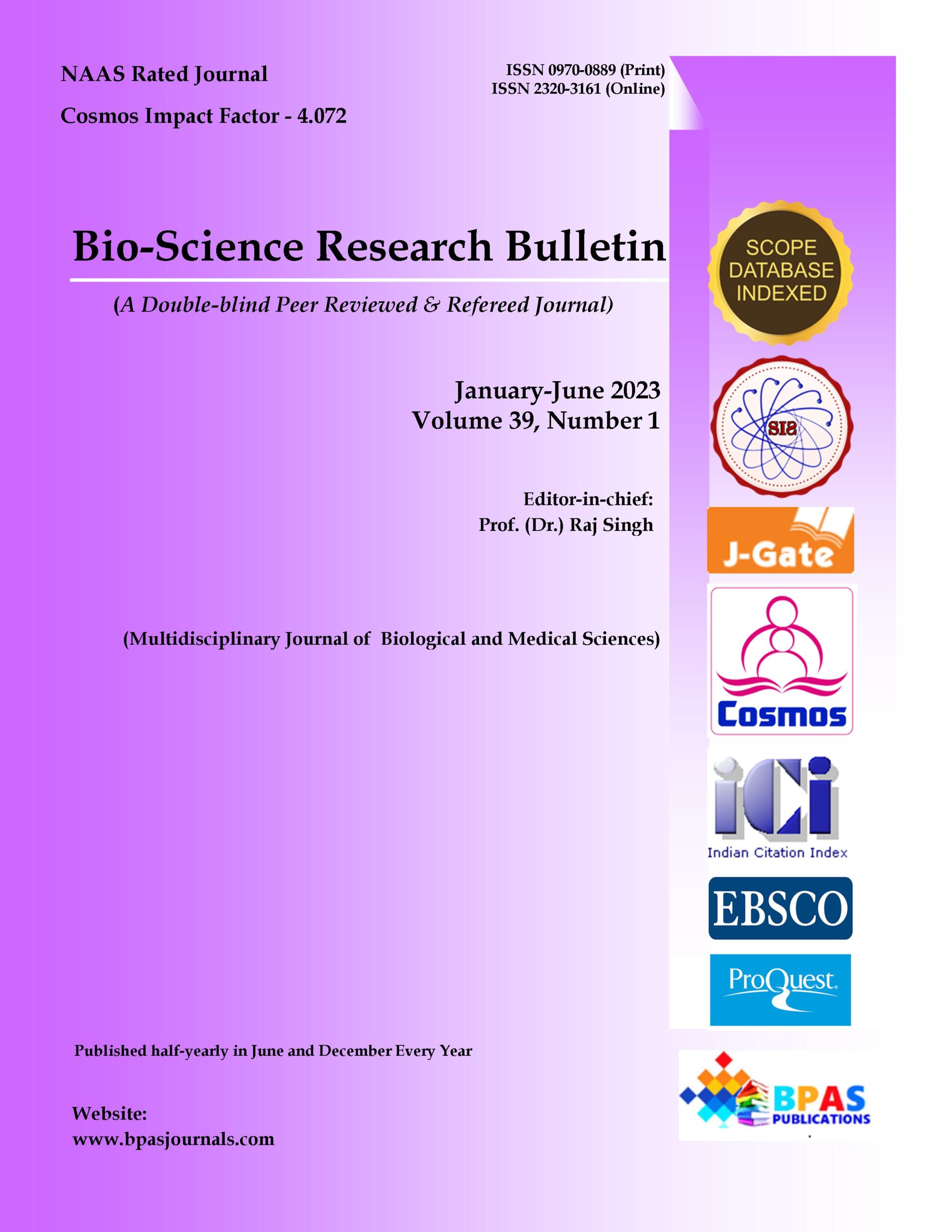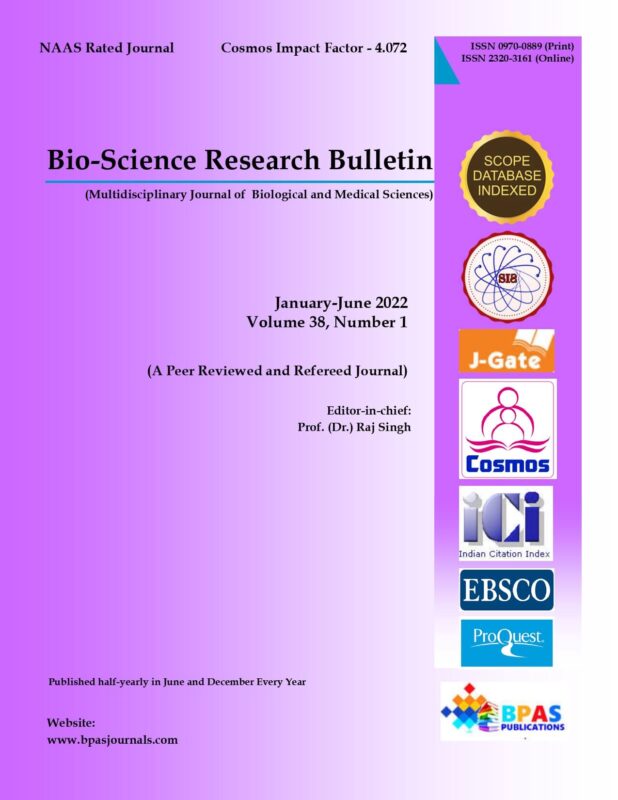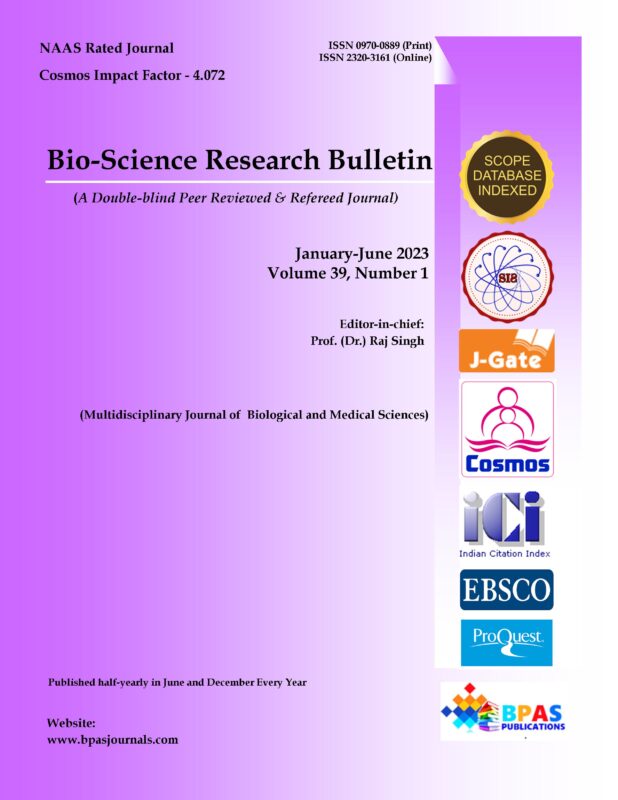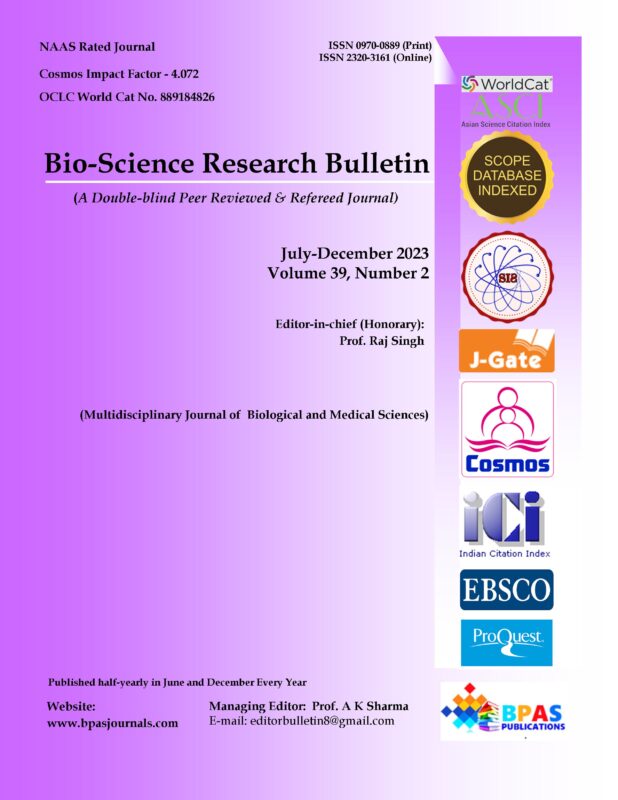Light and Scanning Electron Microscopy Studies on the Parasitic Mite Affecting Honey Bee Apis mellifera
9.38$
Light and Scanning Electron Microscopy Studies on the Parasitic Mite Affecting Honey Bee Apis mellifera
1Anurag Kumar Sonker, 2Kamal Jaiswal, and 3Suman Mishra*
| Bio-Science Research Bulletin
Volume 39, Number 1 January-June 2023: P.28-38 DOI: 10.48165/bpas.2023.39.1.5 |
| Original Research Article |
Description
Light and Scanning Electron Microscopy Studies on the Parasitic Mite Affecting Honey Bee Apis mellifera
1Anurag Kumar Sonker, 2Kamal Jaiswal, and 3Suman Mishra*
Author’s Affiliation:
1,2,3 Department of Zoology, Babasaheb Bhimrao Ambedkar University, Lucknow, Uttar Pradesh 226025, India
*Corresponding Author:
Prof. Suman Mishra
Department of Zoology, Babasaheb Bhimrao Ambedkar University, Lucknow, Uttar Pradesh 226025, India
E-mail: drsumanmishra@gmail.com
Received on 20.02.2023
Revised on 16.05.2023
Approved on 19.05.2023
Accepted on 26.05.2023
Published on 19.06.2023




